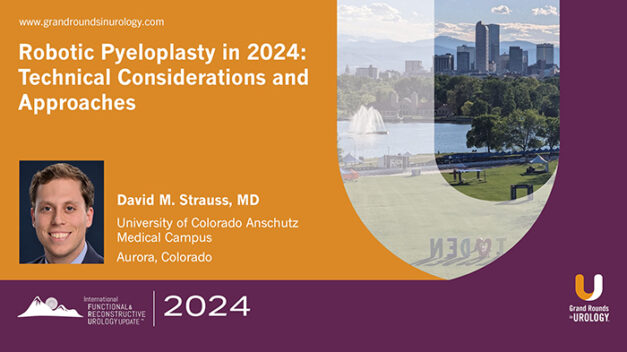AI and Treatment Planning for Prostate Cancer
Andre Abreu, MD, explores the role of artificial intelligence in treatment planning for prostate cancer, with a particular emphasis on focal therapy. This presentation, lasting approximately 15 minutes, begins by acknowledging the complexity of selecting candidates for focal therapy, which involves synthesizing clinical data, imaging, and biopsies. The potential for AI to streamline this intricate process is highlighted, particularly in improving MRI quality and prostate cancer detection.
Key insights include evidence that AI performs on par with non-expert radiologists in MRI interpretation and can enhance imaging outcomes, directly impacting prostate cancer detection rates. AI-driven segmentation is emphasized, showing its value in planning biopsies, surgeries, and focal therapies. Using a database of 750 patients at USC, Dr. Abreu provides an AI model with a reported accuracy compatible with leading deep learning systems.
The application of AI extends to histology, where it quantifies cancer presence with greater precision than traditional pathology methods. Combining clinical, imaging, and histological data demonstrates the potential for multimodal risk stratification, improving the selection process for intermediate-risk patients.
AI limitations are also addressed, including small sample sizes, lack of diversity in studies, and the “black box” nature of AI models, which raises concerns about transparency and explainability in healthcare. Dr. Abreu underscores the need for rigor in AI research to ensure its reliable integration into clinical practice.
Read More




